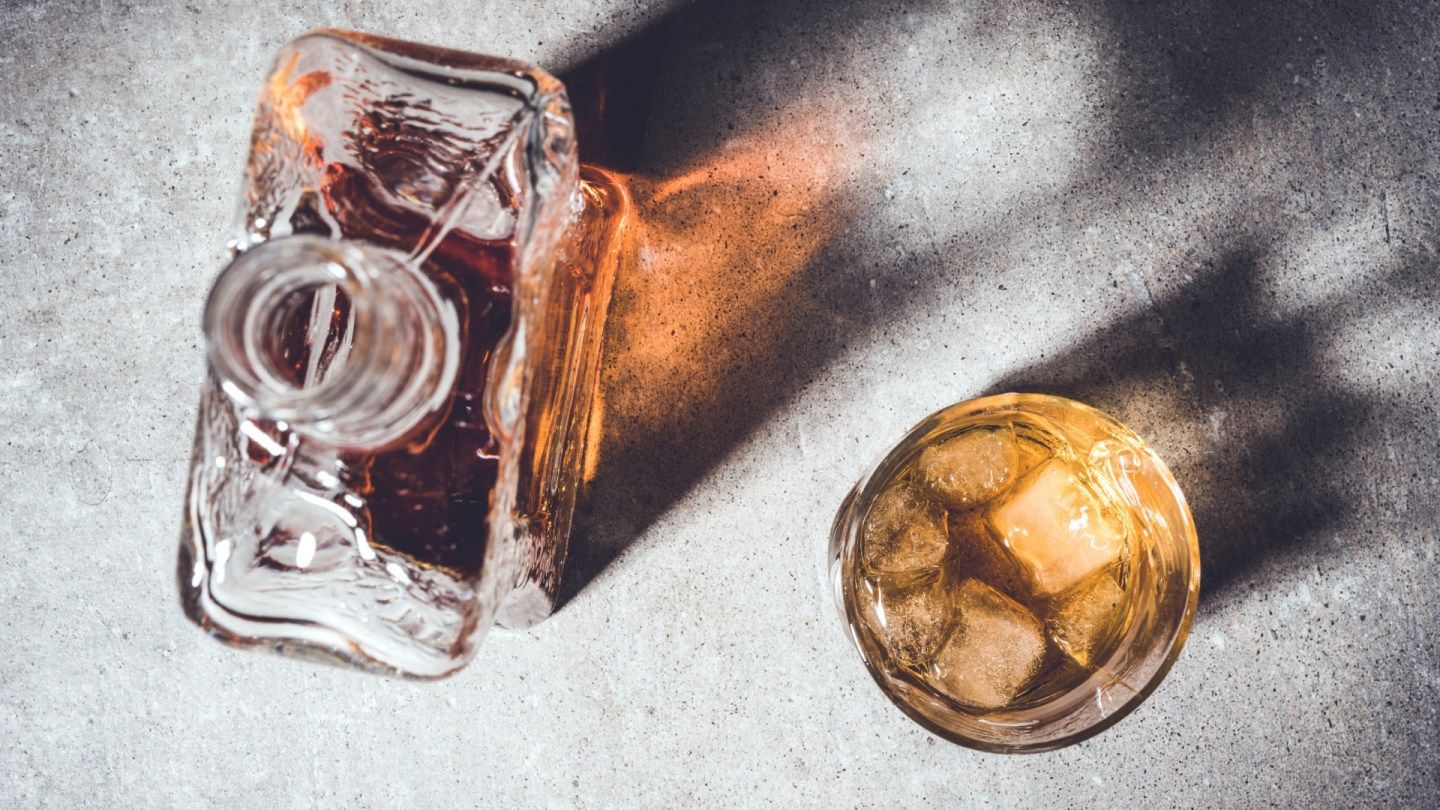
Welcome
Create your free Unicorn account to bid in our legendary weekly auctions.
By continuing, you agree to the Unicorn Terms of Use, Privacy Policy, Conditions of Sale, and to receive marketing and transactional SMS messages.
Already have an account?

Let’s get you approved to bid
To place your first bid, you’ll need to get approved to bid by confirming your mailing address and adding a payment method
The 4-Minute Guide To . . . Maturation Shortcuts
Abridging the aging process can save time and money, but at what cost?
Susannah Skiver Barton · Sep 13, 2023

It’s expensive to age whiskey: you have to buy barrels; build warehouses to hold them; hire staff to fill, move and dump liquid from them; and wait a long (sometimes very long) time until the whiskey inside is ready to sell. In the meantime, some of that whiskey literally disappears into thin air as it evaporates.
Given the quality and flavors of the whiskey it yields, most producers feel that this maturation process is worth it. But some believe that they can create whiskey of the same quality without all that upfront expense and waiting around.
Can they?
Enter maturation shortcuts
Methods for circumventing the linear aging process range from low-cost interventions to patent-worthy engineering. On the simple side are options like small barrels (which increase the surface area-to-liquid ratio, providing more oak interaction) or wood staves, chips, or spirals that can be inserted into barrels or tanks. Whiskey made this way might be deemed ready in a few weeks or months.
The most complex methods are cloaked in secrecy, often taking years to develop. Most focus on accelerating oak extraction through the use of forces like heat, pressure, soundwaves or light, rendering the whiskey ready in mere days.
There’s also at least one company that bypasses wood altogether, composing its “molecular whiskey” with lab-created compounds added to neutral alcohol.
This isn’t new
Whiskey makers have attempted to speed up the aging process—or simply manufacture the appearance of age—since at least the 19th century, when many added coloring and flavoring ingredients to mimic maturity.
Artificially controlling the temperature of warehouses, known as heat cycling, became common in this time as well. The process, which is still in use today, increases interaction between whiskey and wood, as heat forces liquid into the grain of the oak.
More technologically advanced methods have existed since at least the 1950s, when a Scottish distiller used chemicals to replicate the flavors and aromas of mature scotch. The experiment alarmed Scotland’s whisky industry and there’s no evidence it was repeated.
These methods are highly controversial
Mainstream whiskey makers and many drinkers regard maturation alternatives as gimmicks or tricks that subvert whiskey's true nature. If it's not spending time inside a barrel, they say, it's not really whiskey and can't actually achieve true whiskey flavors. If a producer doesn't disclose the use of these techniques, drinkers often feel they're being tricked.
Producers of alternatively matured whiskey claim that their methods are better for the environment, since they're less resource-intensive, and some tout the savings that they get from skipping long, expensive barrel aging. Whether that translates to a lower price for the end consumer isn't always clear, and for some brands seems not to be the case.
So does it actually taste like whiskey?
The majority of whiskies made with maturation shortcuts do taste like whiskey, in the sense of having grain and wood notes—just not necessarily traditional, or well-made, whiskey. Often they feature overly extractive flavors and tannins, going heavy on wood notes while lacking the complexity found in whiskies that have been matured the traditional way for years.
Maturation alternatives also allow producers to experiment with non-oak woods that aren’t suitable for barrels—everything from maple and hickory to apple and cherry—which create novel and sometimes unusual flavors that wouldn't otherwise be found in whiskey. Cleveland Whiskey has made such woods a focus with its Underground series.
But is it really whiskey?
Since most whiskies are required by law to be aged in an actual oak container, some producers may start with lightly barrel-aged whiskey and layer their methods on top. This suffices for bourbon and American whiskies, which require no specific aging time, but not for styles like scotch, Irish, or Canadian, which have a 3-year barrel-aging minimum, and which are typically much more strict about hewing to tradition.
If the base spirit hasn’t been barrel-aged before being subject to these techniques, it usually ends up classified in the United States as a “distilled spirits specialty,” which means it's not truly a whiskey.
Try it yourself
Spotting alternatively aged whiskey on the shelf can be difficult, as no one uses terms like “accelerated aging” or “maturation shortcuts.” Most refer to a “special finishing process,” or even a “purification process.” Very few big distillers employ alternative maturation processes, and those who might are unlikely to openly disclose it.
Alternatively aged brands you’re most likely to find include Noble Oak (the rare brand owned by a mainstream producer, in this case Macallan parent company Edrington Group), Broken Barrel, Bear Fight, and Cleveland Bourbon. Try them alongside a traditionally aged, entry-level whiskey like Jim Beam White Label or Evan Williams. Even better, do the comparison tasting blind. You just might be surprised.

extendedBiddingModal.title
extendedBiddingModal.subtitle
extendedBiddingModal.paragraph1
extendedBiddingModal.paragraph2